DID YOU KNOW?
The Cardinal Lory makes forays between the many islands it inhabits. It has recently been reported from Ontong Java atoll (string of small coral islands) where it was not seen previously.

Chalcopsitta

cardinalis
Size:
31 cm (12.1 in)
Weight:
175-215 g (6.1-7.5 oz)
Subspecies including nominate:
one
Colour Adult:
Both adults in general red; dull buff/yellow margins on feathers of underparts; brown/red tail. Beak red with black at base; Eye ring bare and black. Skin at base of beak black with yellow blotches. Eye orange/red.
Colour Juvenile:
As in adults but paler red on back and wings. Beak dull orange marked with black. Eye ring grey/white. Eye dull yellow.
Call:
Calls are described as distinctive; coarse, shrieking, trilling or rasping.
More Information:
Content Sources:
CITES
The Lory Link
BirdLife International
Cornell Lab of Ornithology/Birds of the World
A Guide to Parrots of the World, Juniper and Parr, 1998
Lexicon of Parrots, Thomas Arndt.
Parrots of the World, Forshaw, 2006.
Parrots in Aviculture, Low, 1992.
Captive Status:
Very rare
Longevity:
25-35 yrs
Housing:
Aviary with well drained tiled or concrete sloping floor or suspended enclosure over same.
Diet:
Nectar – a commercial type or one homemade from: lactose-free baby cereal, honey, and malt extract or molasses, mixed with filtered water, with the addition of wheatgerm if desired, made fresh once or twice daily; fruit once or twice daily: apple, pear, orange, cactus fruits, papaya, mango, kiwi and bananas; one or more of: carrots, fresh corn on the cob or unsalted tinned sweet corn; green leaves such as: Swiss chard, lettuce, kale, dandelion, sowthistle or chickweed; rearing food made from hard boiled egg, wholegrain bread and carrot, all ground to crumbly consistency.
Enrichment:
Enjoys bathing so provide overhead misters or shallow water bowls. Provide unsprayed, flowering branches and other browse for foraging.
Nest Box Size:
—
Clutch Size:
2
Fledging Age:
Unknown but presumably 11 weeks.
Hatch Weight:
—
Peak Weight:
—
Weaning Weight:
—
World Population:
Unknown but reported as abundant. Decreasing.
IUCN Red List Status:
Least Concern
CITES Listing:
Appendix II
Threat Summary:
A BirdLIfe ‘restricted-range’ species. Most common in coconut plantations and other lowland disturbed sites; less so in lowland and hill forest. This species is considered to have a medium dependency on forest habitat, and tree cover is estimated to have declined by 12.4% within its range over the past three generations. As a precautionary measure, it is tentatively suspected that this may have led to a 1-19% decline in the species’ population.
Range:
New Hanover and islands to Buka and Bougainville, E Papua New Guinea, and Solomon Islands.
Habitat:
Found up to 1200 m (3936 ft) in mangrove, woodland, coastal coconut palm plantations and humid primary and secondary forest.
Wild Diet:
Feeds on blossoms of Cocos nucifera in gardens and Elaeocarpus and Syzygium in primary forest; seems to prefer food trees with red flowers. Also takes small berries and fruit.
Ecology and Behaviour:
Noisy and conspicuous; are usually seen flying swiftly overhead in small groups which occasionally move between islands. Feeds in the canopy of flowering trees and coconut palms. Keeps company with the Rainbow Lorikeet (Trichoglossus haematodus).
Clutch and Egg Size:
2 eggs
Breeding Season:
Begins in August. Nest is in hollow in tree or stump.
Related Links:
—
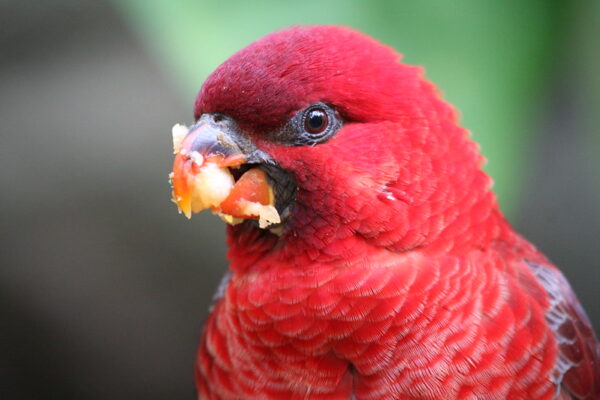
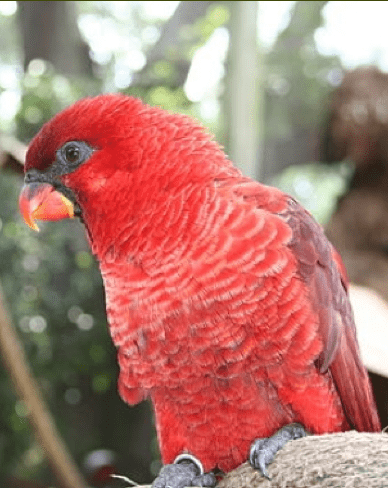
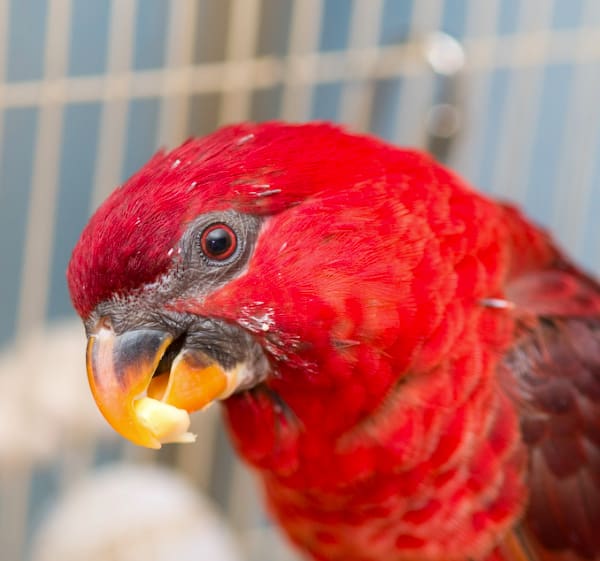
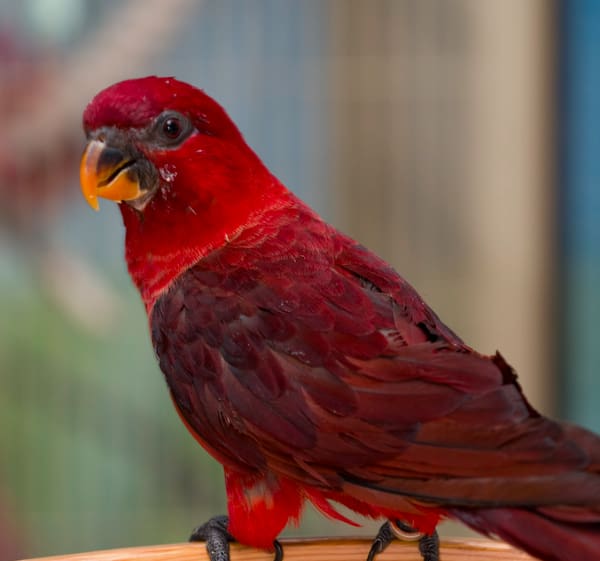
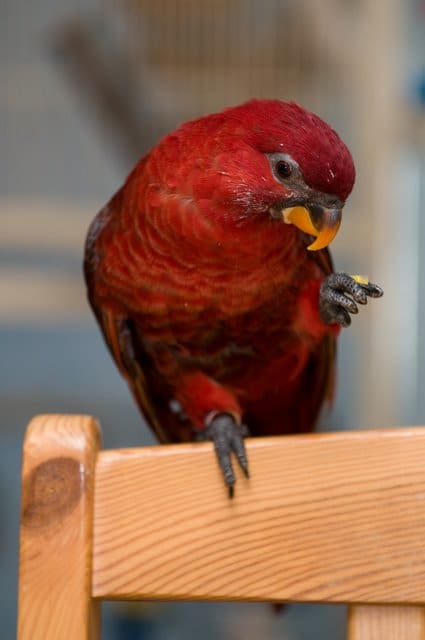
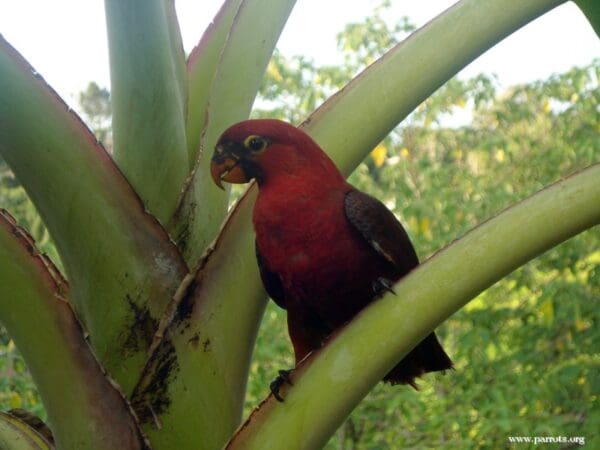
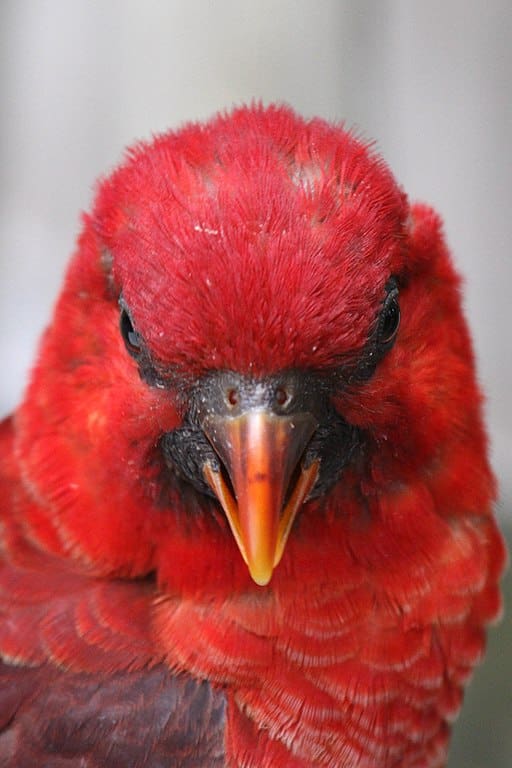
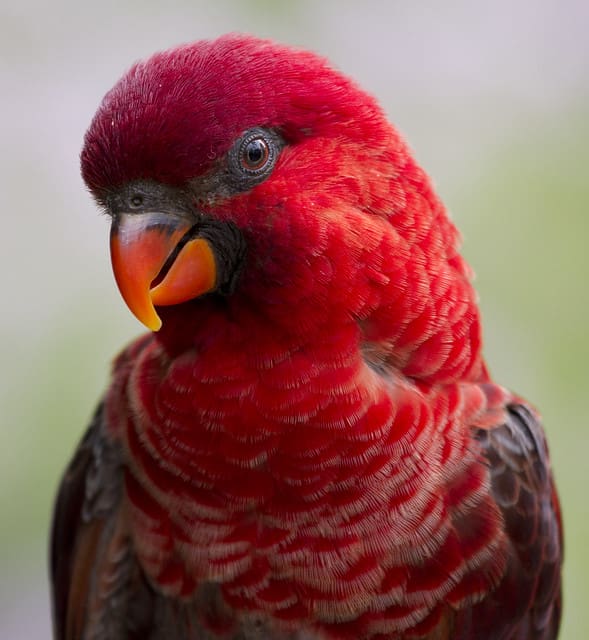
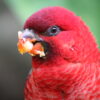
![© Aaron Wormus [CC BY-SA 2.0] via Wikimedia Commons A companion Cardinal Lory perches on a branch](https://parrots.org/wp-content/uploads/2023/01/wpt_Cardinal-Lory_1219-6-100x100.png)
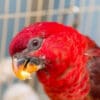
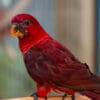
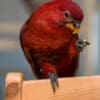
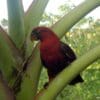
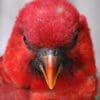
![© Nathan Rupert [CC BY-SA 2.0] via Flickr A closeup profile of a Cardinal Lory](https://parrots.org/wp-content/uploads/2023/01/wpt_Cardinal-Lory_1219-13-100x100.jpg)